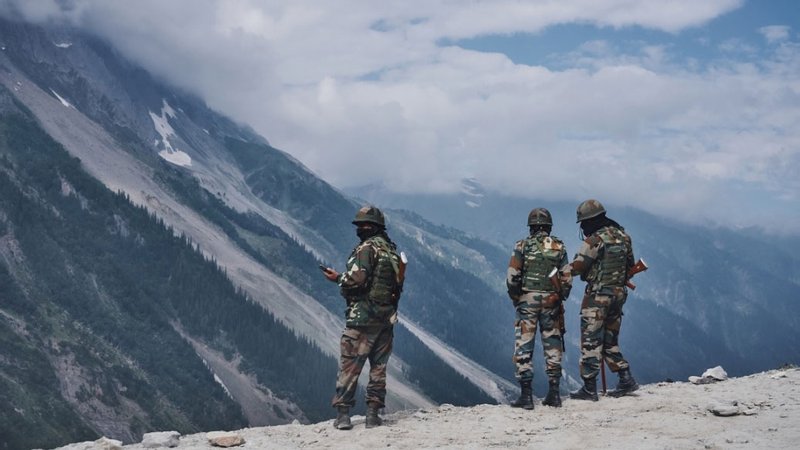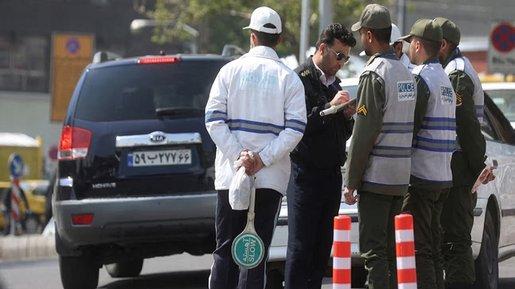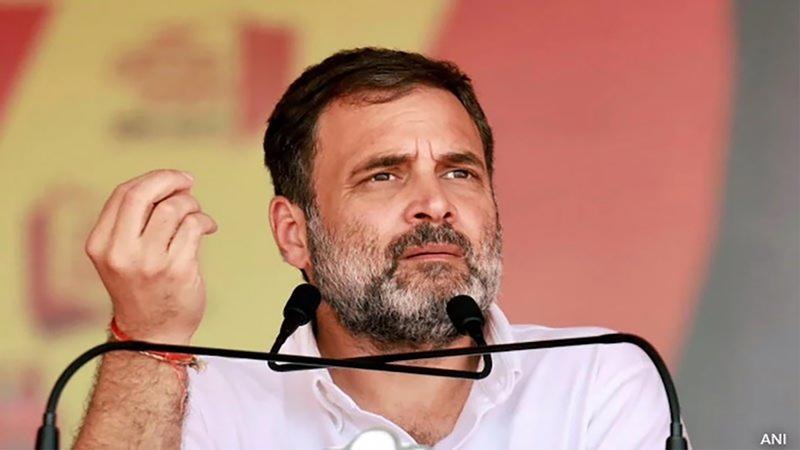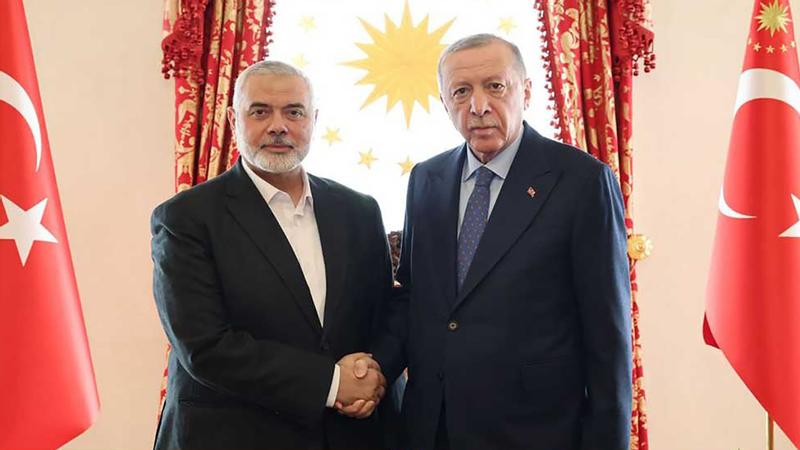Deep Mistrust that Afflicts India-China Relations

Deep Mistrust that Afflicts India-China Relations
On December 9, 2022, armed forces from India and China clashed near Tawang in the eastern sector of the Line of Actual Control (LAC), resulting in injuries on both sides. After the two sides disengaged, local commanders held a flag meeting two days later.
Only on December 13 were official statements released, in which Beijing indicated that the border situation remained "generally stable" and New Delhi stated that the issue had been taken up “through diplomatic channels.”
But, perhaps unsurprisingly, both sides gave different accounts of what caused the incident: China’s Western Theatre Command claimed that its soldiers came across Indian troops "illegally crossing" the border during a routine patrol, whereas the Indian Army claimed that it was Chinese troops that had “tried to transgress the LAC…and unilaterally change the status quo."
Considering the longstanding disagreement over the alignment of the LAC and the deep mistrust that afflicts India-China relations, the latest border clash in December hardly comes as a surprise to observers. Notably, the LAC, albeit known as the de facto border between India and China, has not been delineated or mapped. Bilateral discussions in the early 2000s came close to an exchange of maps, but the talks were abruptly halted.
In 2015, Prime Minister Narendra Modi proposed resuming the process of LAC clarification during a lecture to students at Tsinghua University, but this was not accepted by China. Both countries continue to harbour different perceptions of the LAC’s position in thirteen locations along the border. The absence of a formal agreement on the exact location of the line has naturally led security patrols on both sides to come into frequent contact in grey areas.
Further, there has been an upsurge in the level of military activity and tensions along the LAC ever since the lethal Galwan Valley crisis in June 2020, which saw fatal casualties on both sides.
Reportedly, there has been sporadic minor border troubles, occurring on an average two to three times per month. In the western sector, there are still ongoing talks on troop disengagements post Galwan. The most recent round of China-India Corps Commander Level Meeting—its 17th edition—took place after the Tawang clash on December 22 and failed to produce any breakthroughs. In other words, the disengagement negotiations have not been followed by a de-escalation of border tensions.
In addition, both India and China have continuously strengthened their infrastructure-building activities in the border areas. China’s border infrastructure development can be traced back to the 1990s in Tibet. More recently, satellite images, echoed by US intelligence reports, continue to occasionally reveal Chinese construction of new roads and villages, as well as upgrading of existent infrastructures in disputed areas.
In order to catch up, India has begun to accelerate its own border infrastructure construction. India’s Defence Minister Rajnath Singh recently inaugurated the new Siyom bridge in Arunachal Pradesh as part of a series of infrastructure projects by the Border Roads Organisation (BRO). Of the 6,000 km of roads built across India over the past five years, 2,100 km have been along the country’s northern borders. India has also increased its number of troops along the LAC and deployed US-made weaponry to boost its defence capabilities.
Concurrently, China has stepped up its recruiting efforts for personnel to join local militias and the People’s Liberation Army (PLA) stationed along the border. Fortunately, despite the volatile situation, both parties have continued to adhere to the prohibition of guns and explosives within 2 km of the LAC as stipulated in their 1996 agreement. Any fighting that has taken place has been hand-to-hand, occasionally accompanied by clubs, sticks and rocks.
In Indian and Western media, several analysts have suggested the recent clash was triggered by the India-US military exercise in the nearby northern Indian state of Uttarakhand, about 100 km from the LAC, in late November. The joint exercise was condemned by China’s Ministry of Foreign Affairs for being inconducive to mutual trust between the two countries and violating the "spirit" of India-China bilateral agreements. China’s state-owned English-language newspaper, Global Times, labelled it as an American effort to “strengthen military cooperation with India to embolden India to provoke China in a more aggressive manner.” In a similar vein, Chinese analysts cautioned India of being bamboozled by the US.
There is relatively scant attention on the December border clash in China’s media. Global Times published only two brief articles directly addressing the incident. It did feature an op-ed by Qian Feng, Director of the Research Department at the National Strategy Institute in Tsinghua University, who wrote that India has perpetuated the “victim mentality” despite being the perpetuator of the border tensions. Other Chinese news outlets also framed the December incident as an Indian provocation, urged India to restrain its front-line troops and stressed China’s call for peace.
Within the Indian media landscape, there are ubiquitous reports highlighting "Chinese aggression" and India’s efforts to bolster security along the LAC. Interestingly, there appears to be internal divisions within the India’s policy circles and political class regarding India-China dynamics and how to deal with China. The opposition criticised the Modi administration for being a "mute spectator" to increased Chinese pressures, and staged several walkouts in the parliament to protest the government's refusal to discuss India-China boundary issues in the Indian legislature.
Another potential irritant could be the maiden visit of Penpa Tsering, President of the Tibetan Government-in-Exile, to Tawang in early November. He interacted with the Tibetan community as well as Arunachal Pradesh officials, where he spoke of Tibetan grievances under Beijing. Following the December clash, he publicly criticised Chinese actions and stated his recognition of Tawang (and the entire Arunachal Pradesh) as an integral part of India.
The Tawang region is of particular geographical significance and political salience to Beijing. It is the birthplace of the sixth Dalai Lama and home to Tawang Monastery, the second largest monastery in the world, built by the fifth Dalai Lama and where the current Dalai Lama sought shelter after fleeing Tibet in 1959.
According to official Chinese rhetoric, Tawang is a part of South Tibet, also known as Zangnan; it is an inherently Chinese territory and under the Chinese Communist Party’s governance. From China’s standpoint, India has long been providing sanctuary to Tibetan troublemakers and threatening Chinese national security on its southwestern frontier. Dai Bingguo, former State Councillor and China’s Special Representative for the boundary talks with India in the early 2000s, once highlighted that the "disputed territory in the eastern sector of the China-India boundary, including Tawang, is inalienable from China's Tibet in terms of cultural background and administrative jurisdiction.” The visit to the region by US ambassadors in 2016 and 2019, and by the Dalai Lama in 2017, had been met with strong objections from China. Since Beijing does not accept the term "Arunachal Pradesh," it has made efforts in 2017 and 2021 to “standardise” the names of localities in Zangnan.
In parallel, Indian counterparts also engage in the act of “restoring” names to places within Tawang. Over the last decade, New Delhi has come to regard Beijing as a serious security threat in its neighbourhood. Due to the repeated border skirmishes, India’s initial assumption that trust-building through robust confidence building measures along the border and closer economic cooperation with China would help resolve bilateral differences have fallen through.
From the Chinese perspective, the underlying boundary dispute is only a minor part of the overall India-China relationship and should not harm the development of bilateral ties. During his visit to New Delhi in March 2022, then-Chinese Foreign Minister Wang Yi posited that "China and India pose no threat but offer development opportunities to each other" and urged India to put border differences “in a proper place.”
This approach is unacceptable to India, which believes that only when the border situation is stable and peaceful can bilateral relations normalise and improve. In a recent interview with Austrian state broadcaster ORF, Indian External Affairs Minister S. Jaishankar claimed that China had violated bilateral agreements not to mass forces in border areas.
It is abundantly clear that China and India have fundamentally different approaches to their bilateral ties. Unless and until there is a reconciliation of the two approaches, as well as an easing of the infrastructure race, their bilateral relationship will remain tense, and the LAC will continue to slip deeper into the cyclical pattern of clash-disengage-talk.
Aside from the boundary dispute, both China and India have challenged each other in the maritime realm. The curious case of the first China-Indian Ocean Region Forum on Development Cooperation, held in Kunming on November 21, 2022, saw the conspicuous absence of India, which is a prominent player in the Indian Ocean.
According to its official statement, Beijing invited over nineteen countries, fourteen of which, were members of the Indian Ocean Rim Association (IORA). India was not apparently invited. Given that China is an IORA dialogue partner—not a member—this initiative highlights China’s efforts to further strengthen its position in the Indian Ocean, by consolidating friends and partnerships in the region to counter the influence of the Quad and the US-led Indo-Pacific framework.
The increasing participation of India in the Quad initiatives and growing strategic convergence between India and the US have stemmed largely from concerns about the rise of China. India’s drive to forge deeper relations with like-minded Indo-Pacific powers who are equally concerned with Chinese assertiveness could constitute an ‘external-balancing-for-security strategy.’ Additionally, over the last few years, India has devoted substantial resources to develop its indigenous defence industry to build self-reliance. On dealings with China, Jaishankar noted that he hoped India occupied more of China’s foreign policy “mind space” and asked Beijing to recognise India’s aspirations and equivalent status as a rising power.
Both Xi Jinping and Narendra Modi made initial efforts to improve relations as evidenced by the two informal summits in April 2018 and October 2019, the latter being the last bilateral summit-level meeting. Post-Galwan however, there has not been any meaningful interaction between the two leaders. In 2022, their encounters at various international summits like the Shanghai Cooperation Organisation (SCO) summit in September 2022, the G20 and Asia-Pacific Economic Cooperation (APEC) in November 2022, have witnessed either zero or minimal interactions. At the G20 and APEC summits, Xi spoke separately with each of the Quad leaders (Australia, the US and Japan) except Modi. Moving forward in 2023, with India serving the presidencies of the G20 and the SCO, officials from both sides are bound to have opportunities to meet, but minimal interaction is expected. In its presidential role, India would certainly have the chance to shape the global agenda; it remains to be seen what New Delhi will make of this opportunity. The new year also marks the tenth anniversary of Xi’s Belt and Road Initiative, a timely opportunity to take stock of how far China has come in its grand foreign policy endeavours.















